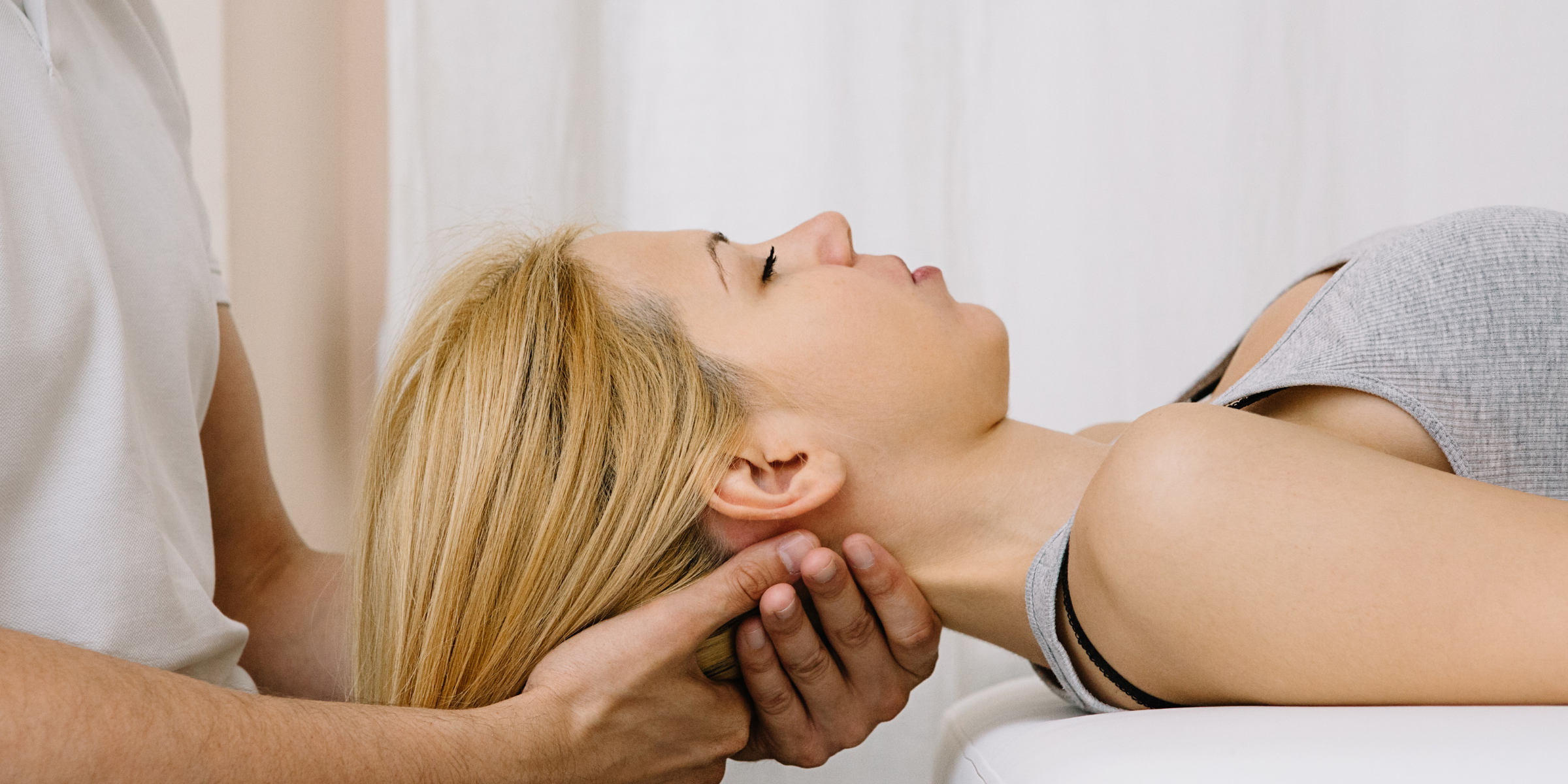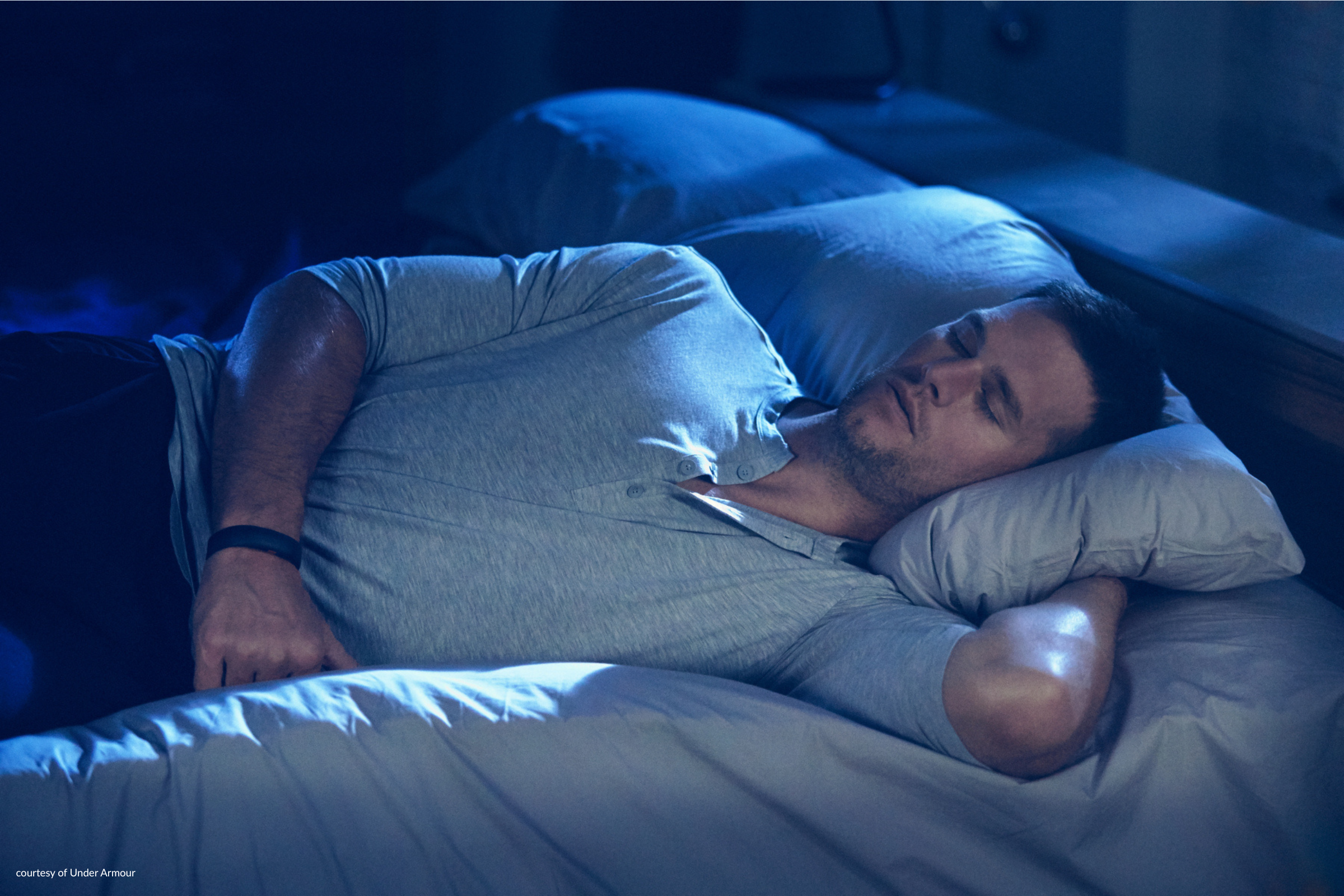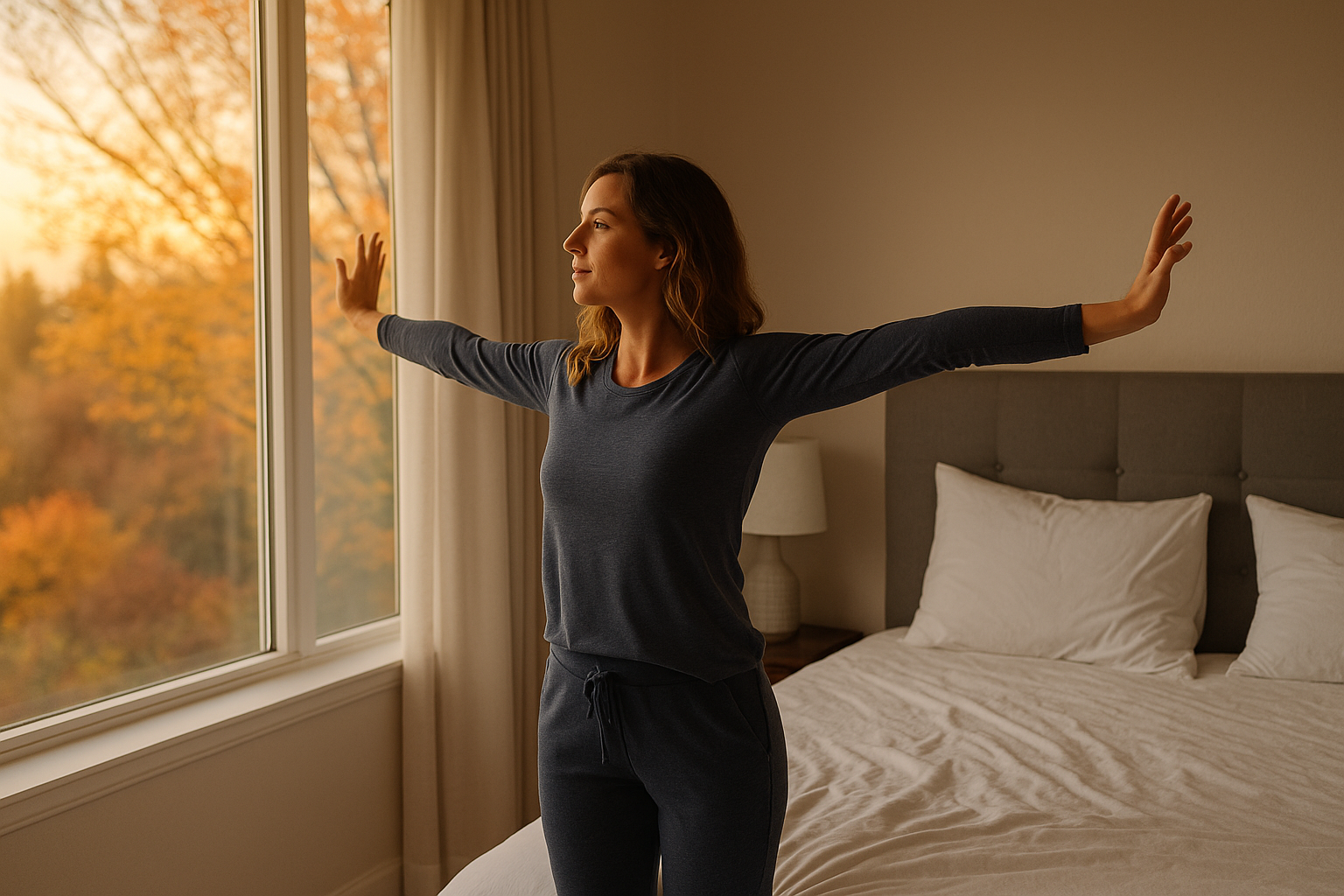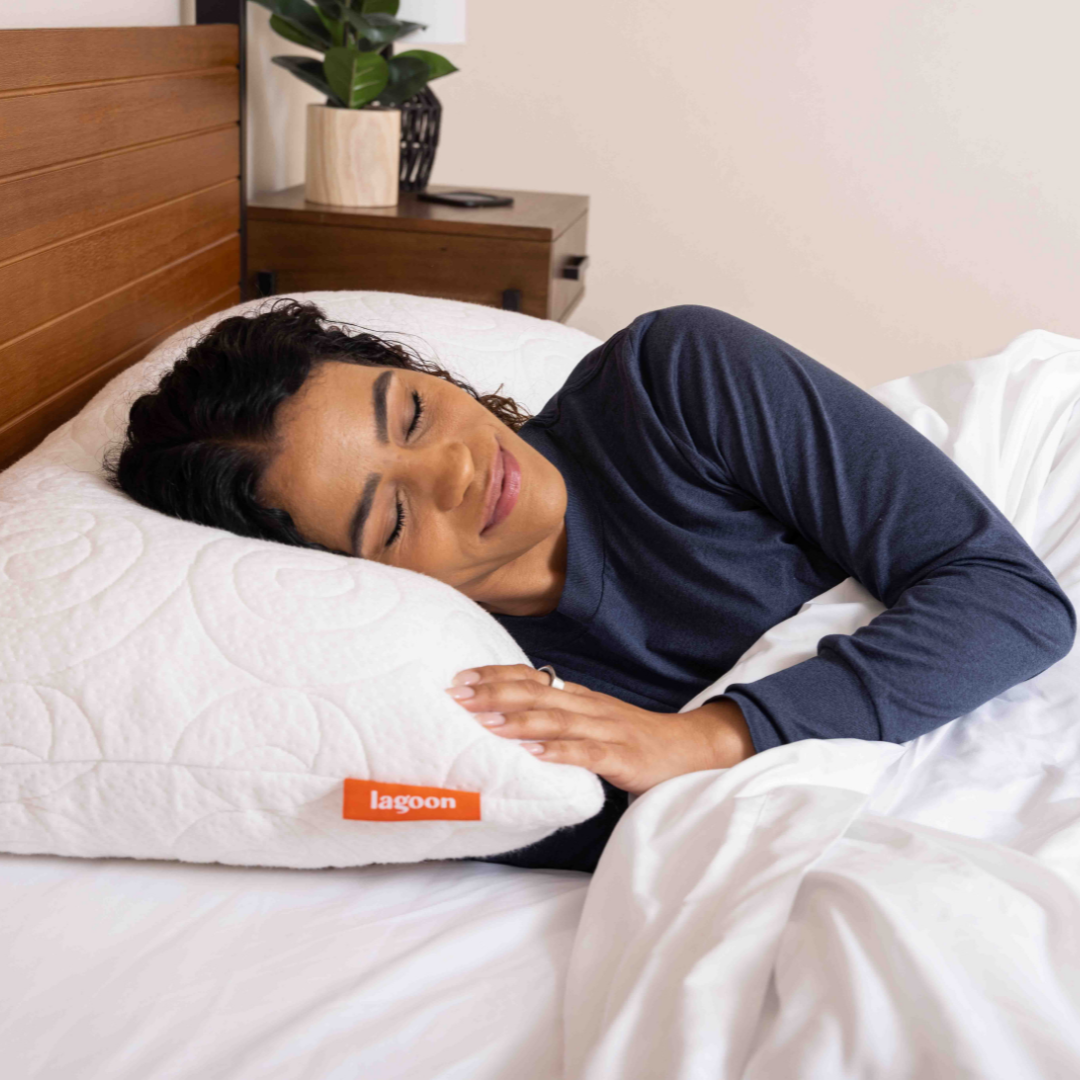As athletes, we know that a good night's sleep is essential for our performance. It allows our body to rest and recover, so we can wake up feeling refreshed and energized. However, many of us overlook one crucial aspect of our sleep hygiene: ergonomics. In this blog post, we will explore what ergonomics is and why it matters for our sleep and daily performance.
What is Ergonomics?
Ergonomics is the study of how our environment interacts with our body. It focuses on creating a comfortable and efficient environment (bed, workspace, bike, etc.) that minimizes the risk of injury and maximizes productivity. It applies to every aspect of our lives.
In the context of sleep, ergonomics refers to the design and arrangement of your sleep environment to promote optimal alignment of your body, reduce pressure points, and minimize discomfort. This can include the position of your mattress, pillow, and bedding, as well as the arrangement of your bedroom furniture and lighting.
The goal is to create a sleep environment that supports our body's natural alignment. This means ensuring that our mattress, pillows, and sleep position work together to maintain a neutral spine alignment.
The Benefits of Ergonomics on Your Sleep AND Performance
One key aspect of high-quality sleep is maintaining proper alignment of your body. When you sleep in an ergonomically optimized position, your body is in a natural, neutral alignment, which reduces pressure on your joints and muscles. This, in turn, promotes circulation and reduces inflammation, which can speed up recovery time and help you perform better during your workouts.
Specifically, here is how you may experience the benefits of proper alignment…
- A comfortable and supportive sleep environment helps to reduce the risk of developing musculoskeletal pain and injuries (i.e. think of those nagging neck or back aches that bother you throughout the day)
- By promoting a neutral spine alignment, ergonomics can improve the quality of our sleep. When our body is aligned correctly, we experience fewer interruptions during the night, allowing us to enter deeper stages of sleep.
- A neutral spine alignment can improve our breathing, circulation, and digestion. By optimizing these bodily functions, we can wake up feeling refreshed and energized, ready to tackle the day's challenges.
So ultimately, if you’re properly aligned, you’re more likely to get better sleep quality, and thus more likely to have better athletic performance the next day and over the long term.
Ergonomics for Different Sleep Positions
The optimal sleep position for ergonomics can vary depending on your individual needs and preferences, as well as any underlying medical conditions. However, there are a few general guidelines to keep in mind for different sleep positions:
Side Sleeping
Sleeping on your side is a popular sleep position, but it can also put pressure on your shoulders and hips. To optimize your sleep position for side sleeping, use a pillow that supports your neck and keeps your spine in a neutral position. Place a pillow between your knees to reduce pressure on your hips.
Dr. Nitun Verma, a sleep medicine specialist, says: "Side sleeping can help reduce snoring and improve breathing for people with sleep apnea. It also allows for good blood flow and is generally considered the healthiest sleep position."
Our top recommended pillows for side sleepers are the Otter and the Fox.
Back Sleeping
Sleeping on your back can be a good option for maintaining spinal alignment, but it can also worsen snoring and sleep apnea. To optimize your sleep position for back sleeping, use a pillow that supports your neck and keeps your head in a neutral position. Place a pillow under your knees to reduce pressure on your lower back.
Dr. W. Christopher Winter, a sleep specialist, says: "Sleeping on your back is generally the best position for your spine and neck, but it can exacerbate snoring and sleep apnea. If you're prone to those conditions, it's best to sleep on your side instead."
Our top recommendations for back sleepers:
The Lemur (soft) or Puffin (softer) if you’re looking for a softer option.
The Fox (less firm) or Otter (slightly firmer) if you’re looking for a more supportive option.
Stomach Sleeping
Sleeping on your stomach can put strain on your neck and back, as well as make it difficult to breathe. To optimize your sleep position for stomach sleeping, use a pillow that supports your neck and keeps your head in a neutral position. Place a pillow under your pelvis to reduce pressure on your lower back.
Endurance athlete, Alex Hutchinson, says: "I used to be a stomach sleeper, but I realized that it was putting unnecessary strain on my neck and shoulders. Since switching to side sleeping with a body pillow, I've noticed that I wake up feeling more rested and recovered."
However, if you can only get comfortable on your stomach - stick with it! Just make sure you Do manage your alignment properly.
Our top recommendations for stomach sleepers are the Chinchilla (softest, and for smaller builds) and the Puffin (soft, and for medium or larger builds)
Takeaway
Everyone wants to make sure our game plan, and our body, is aligned. It all starts with making sure that we’re properly aligned while we sleep. That’s ergonomics. So if you want to sleep better, so that you can perform better, it’s a term you don’t want to forget!







